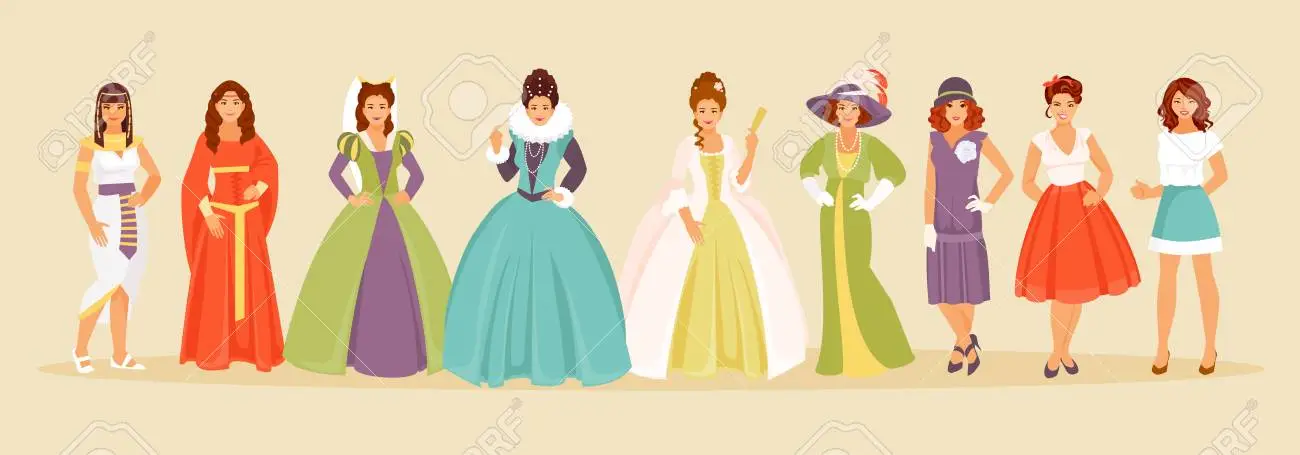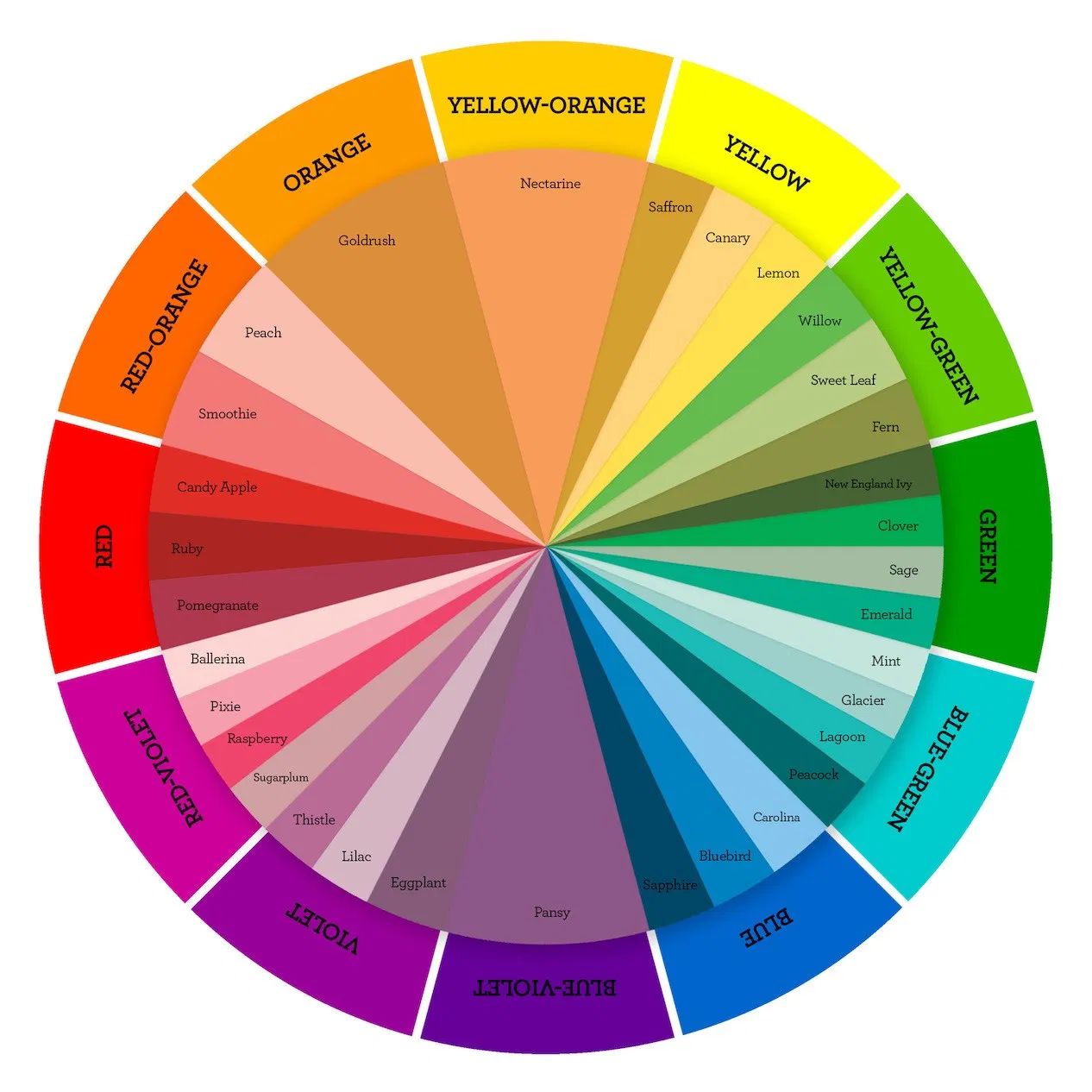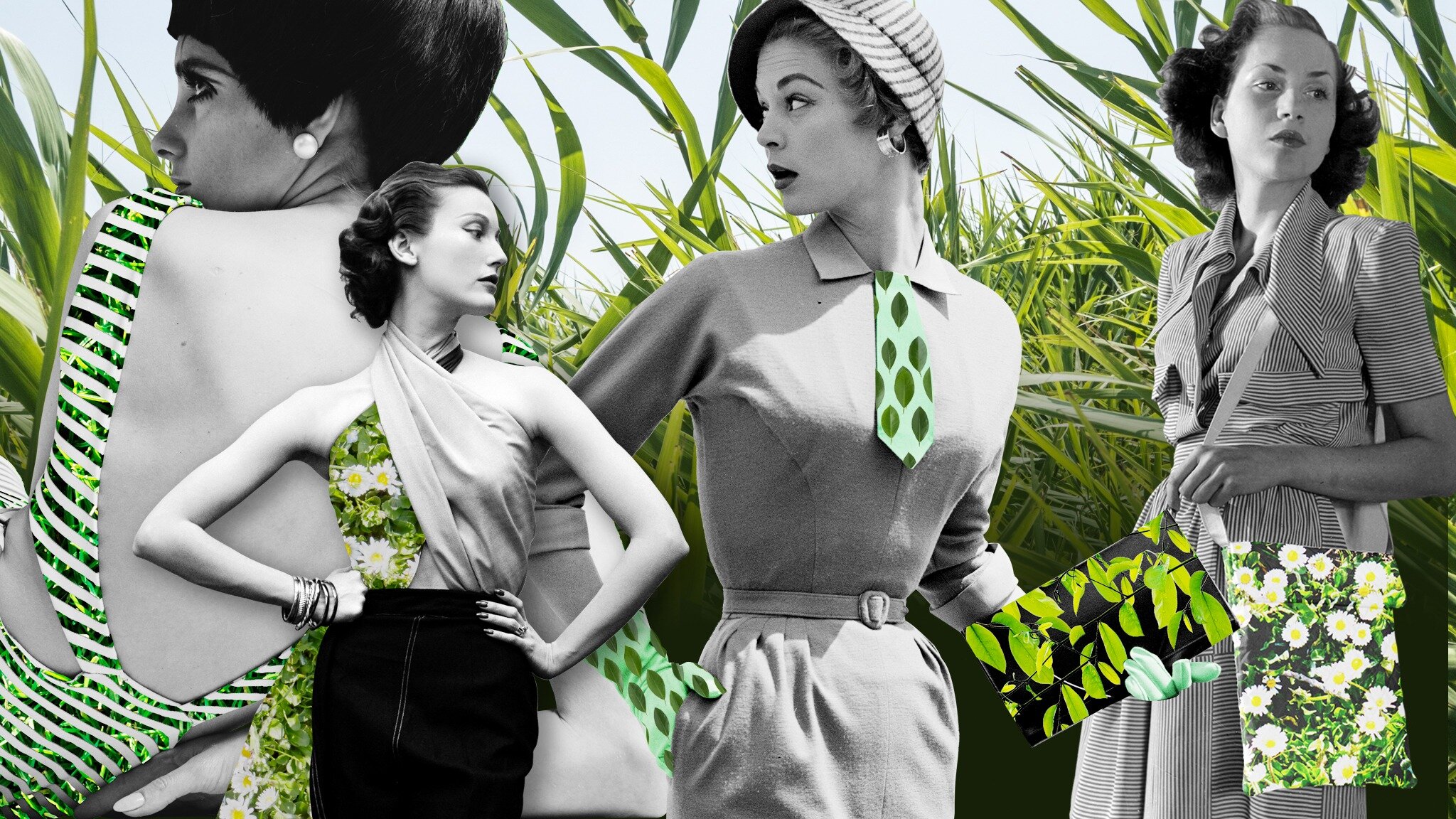Fashion has always been a significant aspect of human culture and society, representing our beliefs, values, and attitudes towards life. It is an ever-changing phenomenon, with each period in history having its unique styles, materials, and trends. The evolution of fashion is an interesting topic to study, as it offers a glimpse into the past, revealing how clothing has developed over time. In this essay, we will explore the historical perspective of fashion, from ancient times to the present day.
Ancient Fashion (Pre-15th Century)
Clothing has been an essential part of human culture since the beginning of civilization. In ancient Egypt, clothing was primarily made of linen, and men wore loincloths while women wore dresses with shoulder straps. Greek fashion was simple and elegant, with draped clothing made of wool or linen. Roman clothing was influenced by the Greeks but was more practical, with the introduction of the toga, which was worn by men for formal occasions.
Fashion in the Middle Ages was heavily influenced by religion, with clothing styles reflecting social status and occupation. Men wore tunics and trousers, while women wore long dresses with head coverings. Fashion was relatively stagnant during this period, with little change in styles.
Renaissance Fashion (15th – 16th Century)
The Renaissance period marked the beginning of modern fashion, with clothing becoming more sophisticated and elegant. This era saw the introduction of new fabrics and materials, such as silk and velvet, as well as the use of embroidery and lace. Clothing styles became more fitted, with the introduction of the corset and breeches for men.
Baroque and Rococo Fashion (17th – 18th Century)
The Baroque and Rococo periods were characterized by ornate and elaborate clothing styles, with men wearing wigs and women wearing large, puffy dresses. Fashion played a significant role in the courts, with clothing being used to demonstrate wealth and power. Fashion designers began to emerge during this period, with names like Charles Worth and Marie Antoinette becoming synonymous with high-end fashion.
Industrial Revolution Fashion (19th Century)
The Industrial Revolution brought significant changes to the fashion industry, with the introduction of new production methods and materials. Clothing became more affordable and accessible, with the emergence of ready-to-wear clothing. Men’s fashion became more subdued, with the introduction of the suit, while women’s fashion saw the emergence of the bustle and the hoop skirt.
Modern Fashion (20th Century – Present)
The 20th century saw significant changes in fashion, with the introduction of new styles and movements. The early 1900s saw the emergence of Art Deco, with clothing becoming more geometric and streamlined. The 1960s marked the beginning of the youth fashion movement, with the introduction of mini-skirts and mod styles. The 1980s saw the emergence of power dressing, with women wearing shoulder pads and men wearing suits with wide lapels. Today, fashion is influenced by technology and mass media, with trends and styles changing rapidly.
In conclusion, the evolution of fashion is a fascinating topic that offers insights into the past and present. From the simple clothing of ancient times to the elaborate styles of the Baroque and Rococo periods, fashion has always been a reflection of our beliefs, values, and attitudes towards life. Understanding the history of fashion can provide a better understanding of how we got to where we are today and where we might be headed in the future.




